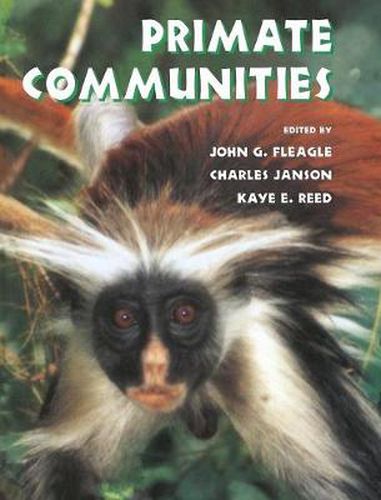Readings Newsletter
Become a Readings Member to make your shopping experience even easier.
Sign in or sign up for free!
You’re not far away from qualifying for FREE standard shipping within Australia
You’ve qualified for FREE standard shipping within Australia
The cart is loading…






Although the behaviour and ecology of primates have been more thoroughly studied than that of any other group of mammals, there have been very few attempts to compare the communities of living primates found in different parts of the world. In Primate Communities, an international group of experts compares the composition, behaviour and ecology of primate communities in Africa, Asia, Madagascar and South America. They examine the factors underlying the similarities and differences between these communities, including their phylogenetic history, climate, rainfall, soil type, forest composition, competition with other vertebrates and human activities. As it brings together information about primate communities from around the world for the very first time, it will quickly become an important source book for researchers in anthropology, ecology and conservation, and a readable and informative text for undergraduate and graduate students studying primate ecology, primate conservation or primate behaviour.
$9.00 standard shipping within Australia
FREE standard shipping within Australia for orders over $100.00
Express & International shipping calculated at checkout
Although the behaviour and ecology of primates have been more thoroughly studied than that of any other group of mammals, there have been very few attempts to compare the communities of living primates found in different parts of the world. In Primate Communities, an international group of experts compares the composition, behaviour and ecology of primate communities in Africa, Asia, Madagascar and South America. They examine the factors underlying the similarities and differences between these communities, including their phylogenetic history, climate, rainfall, soil type, forest composition, competition with other vertebrates and human activities. As it brings together information about primate communities from around the world for the very first time, it will quickly become an important source book for researchers in anthropology, ecology and conservation, and a readable and informative text for undergraduate and graduate students studying primate ecology, primate conservation or primate behaviour.